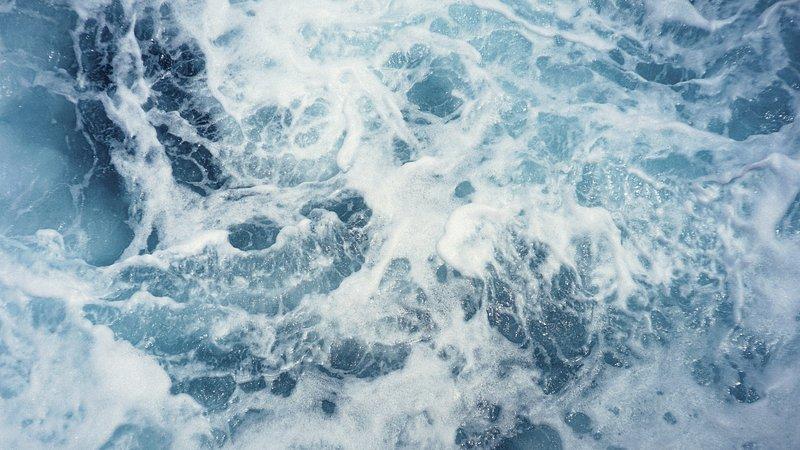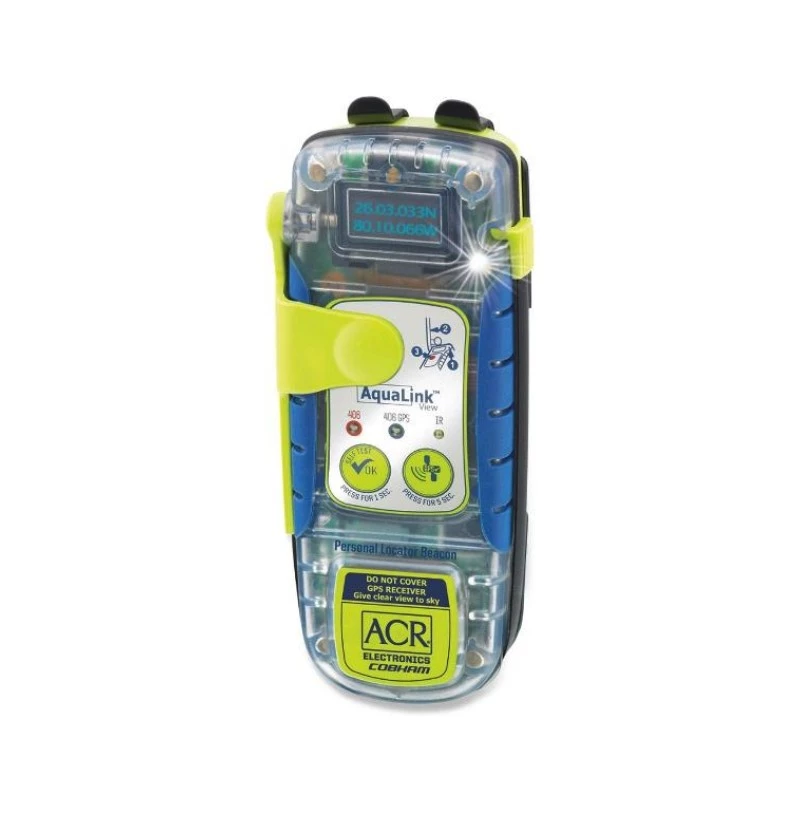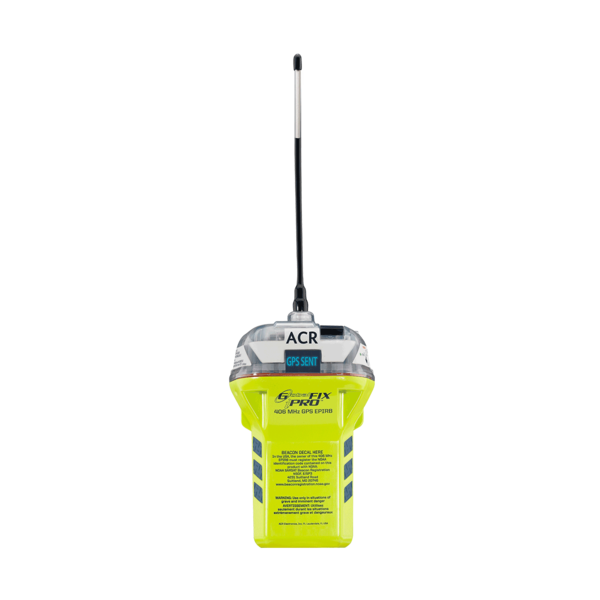As the mesmerizing waves crash against the shore, enchanting us with their timeless beauty, it is imperative that we find harmony between our admiration for the ocean and the responsibility to protect its delicate ecosystems. Introducing the Ocean Safety Charter ISO, a definitive guidebook that ensures the tranquil blue expanses remain a haven for marine life and a sanctuary for all who revel in its depths. In this article, we shall delve into the incredible work of the Ocean Safety Charter ISO, unraveling its significance, and illuminating the collaborative efforts it inspires among nations, businesses, and individuals alike. Brace yourself for a captivating expedition that will leave you awestruck by the commitment to preserve our oceans for future generations.
Table of Contents
- The Importance of the Ocean Safety Charter ISO in Promoting Maritime Safety
- Enhancing Ocean Safety: Key Features of the Ocean Safety Charter ISO
- Implementing the Ocean Safety Charter ISO: Recommendations for Stakeholders
- Promoting Sustainable Practices: The Role of the Ocean Safety Charter ISO
- Final Thoughts

The Importance of the Ocean Safety Charter ISO in Promoting Maritime Safety
The Ocean Safety Charter ISO plays a pivotal role in promoting maritime safety and ensuring the well-being of our oceans. This charter sets a standard and provides guidelines for all stakeholders within the maritime industry, emphasizing the importance of adhering to safety regulations and promoting sustainable practices.
One of the main advantages of the Ocean Safety Charter ISO is its ability to foster collaboration among various stakeholders. By bringing together shipowners, port authorities, and maritime organizations, this charter allows for the sharing of best practices and the development of innovative solutions to tackle safety issues. The charter also encourages the establishment of partnerships with environmental organizations, ensuring that measures are taken to protect marine ecosystems and reduce the impact of maritime activities on marine life.
Enhancing Ocean Safety: Key Features of the Ocean Safety Charter ISO
Ensuring ocean safety is paramount in protecting our delicate marine ecosystems and preserving the well-being of those who rely on our oceans for their livelihoods. The Ocean Safety Charter ISO is a groundbreaking initiative that embodies the collective effort of industry leaders, government bodies, and environmental organizations to enhance safety standards in our oceans.
Key features of the Ocean Safety Charter ISO include:
- **Comprehensive Safety Guidelines:** The charter provides a comprehensive set of safety guidelines that cover various aspects of ocean-related activities, such as boating, fishing, diving, and marine transport. These guidelines serve as a benchmark for organizations to assess and improve their safety protocols.
- **Risk Assessment Tools:** To ensure proactive safety measures, the charter offers innovative risk assessment tools. These tools analyze potential hazards and help organizations develop effective risk mitigation strategies to protect both human lives and the marine environment.
- **Community Engagement:** Recognizing the importance of inclusivity, the charter emphasizes community engagement. It encourages organizations and local communities to collaborate, exchange knowledge, and raise awareness about ocean safety through workshops, educational programs, and public campaigns.
- **Data-driven Approach:** The Ocean Safety Charter ISO is built on a data-driven approach, harnessing the power of technology and environmental research. By collecting and analyzing real-time data on ocean conditions, incidents, and emergencies, the charter enables organizations to make informed safety decisions and implement preventive measures.
- **Continuous Improvement:** The charter fosters a culture of continuous improvement by promoting regular safety audits and performance evaluations. Organizations are encouraged to regularly review and update their safety practices, ensuring they stay abreast of evolving industry standards and best practices.
Through the adoption and implementation of the Ocean Safety Charter ISO, we can create a safer and more sustainable future for our oceans. By prioritizing safety, we not only protect lives and ecosystems but also pave the way for responsible ocean exploration and exploitation.

Implementing the Ocean Safety Charter ISO: Recommendations for Stakeholders
The Ocean Safety Charter ISO sets forth crucial recommendations for stakeholders aiming to enhance the safety and preservation of our oceans. By adhering to these guidelines, we can collectively create a sustainable and secure environment for marine ecosystems and promote responsible practices.
First and foremost, stakeholders should prioritize the implementation of effective waste management systems. This involves proper disposal of garbage, particularly plastics, to prevent marine pollution. Embracing recycling initiatives and supporting innovative solutions can significantly reduce the impact of human activities on the ocean. Bold actions, such as the transition to biodegradable materials, must be taken to mitigate the detrimental effects of plastic waste on marine life.
Key Recommendations:
- Support recycling programs and invest in research for eco-friendly alternatives to single-use plastics.
- Encourage responsible fishing practices and advocate for sustainable seafood consumption.
- Implement policies to reduce carbon emissions from maritime transport, promoting greener shipping practices.
- Promote education and awareness campaigns to foster a sense of responsibility among individuals and communities towards ocean conservation.
- Collaborate with local communities, non-governmental organizations (NGOs), and governmental bodies to establish marine protected areas and enforce regulations.
Implementing the Ocean Safety Charter ISO is not only essential for protecting our oceans but also for preserving their irreplaceable resources. Stakeholders across industries must unite and champion these recommendations to ensure a sustainable future for generations to come.

Promoting Sustainable Practices: The Role of the Ocean Safety Charter ISO
In a time when environmental consciousness is more important than ever, the Ocean Safety Charter ISO stands as a beacon of hope for promoting sustainable practices. This international organization plays a vital role in safeguarding our oceans, ensuring their longevity for generations to come. With its strong emphasis on preserving marine ecosystems, the Ocean Safety Charter ISO has become a guiding force in the global movement towards sustainability.
Through the implementation of rigorous standards and guidelines, the Ocean Safety Charter ISO encourages businesses and individuals to adopt eco-friendly practices. By adhering to these principles, companies can minimize their impact on the marine environment, while maximizing the potential for sustainable development. Whether it’s reducing plastic waste, practicing responsible fishing methods, or protecting vulnerable marine species, the Ocean Safety Charter ISO provides a framework for businesses to operate in an environmentally responsible manner.
- By joining the Ocean Safety Charter ISO, companies gain recognition for their commitment to sustainability.
- Members have access to a network of like-minded organizations, fostering collaboration and knowledge sharing.
- The charter provides resources and tools to help businesses develop sustainable practices tailored to their unique needs.
As we navigate the challenges posed by climate change and the growing threats to our oceans, the Ocean Safety Charter ISO offers a platform for positive change. By promoting sustainable practices, we can ensure the protection and preservation of our precious marine resources, leaving a lasting legacy for future generations.
Final Thoughts
As we navigate the vast and wondrous depths of our oceans, it is imperative that we safeguard these precious ecosystems and the creatures that call them home. The Ocean Safety Charter ISO is a beacon of hope, illuminating a path towards a sustainable future for our marine wonders.
Throughout this article, we have delved into the core principles of this revolutionary charter, unraveling its intricate tapestry of safety standards and environmental protections. Our journey has unveiled the vital importance of collaborative efforts in preserving our oceans, echoing the mantra that unity breeds strength.
In a world where rapidly advancing technologies open new frontiers of exploration, there emerges a greater need for a unified regulatory framework. The Ocean Safety Charter ISO stands tall, serving as a compass for both seasoned mariners and aspiring ocean adventurers alike. With its clear guidelines, it ensures that all who set sail embrace a responsibility towards ethical conduct, mindful of the fragility of the marine realm.
We have witnessed the commitment of nations, organizations, and individuals, all banding together under the awning of this charter. Its transformative powers have bridged gaps and fostered a sense of shared responsibility, transcending borders and cultural barriers. From coastal towns to bustling metropolises, the Ocean Safety Charter ISO has ignited a collective consciousness, inspiring millions to become stewards of the sea.
With a neutral tone, it is essential to acknowledge that no endeavor is without challenges. As we set our sights on a future filled with sustainable ocean practices, we must recognize that it demands continuous collaboration, innovation, and adaptation. The Ocean Safety Charter ISO encourages relentless pursuit of improvement, urging its signatories to constantly reassess and refine their approach.
In the grand orchestration of our planet, the oceans play a symphony of life, contributing to the delicate balance of our interconnected ecosystems. The Ocean Safety Charter ISO is the harmonious melody that resonates with each ripple and wave, drawing us closer to a harmonious coexistence between humanity and the depths beneath.
As we conclude this exploration into the realm of the Ocean Safety Charter ISO, let us not merely marvel at its noble aspirations. Let us, instead, embrace it as a call to action, for it is our collective duty to safeguard the oceans that have graciously allowed us passage. By upholding its principles, we can cultivate a legacy of sustainability, ensuring that future generations will inherit a world where the beauty and magnificence of our oceans remain intact, forever beckoning us with their untamed allure.



